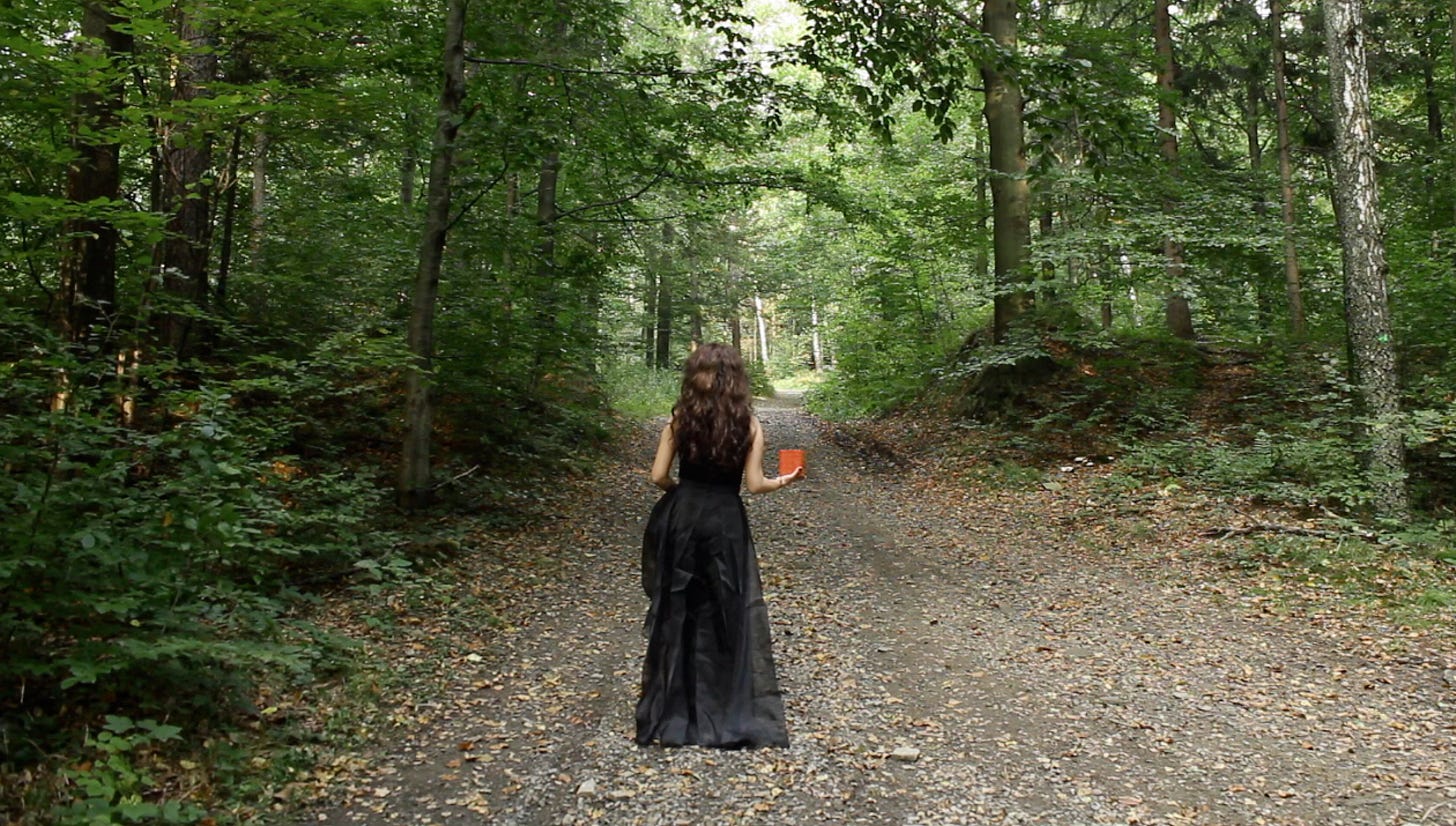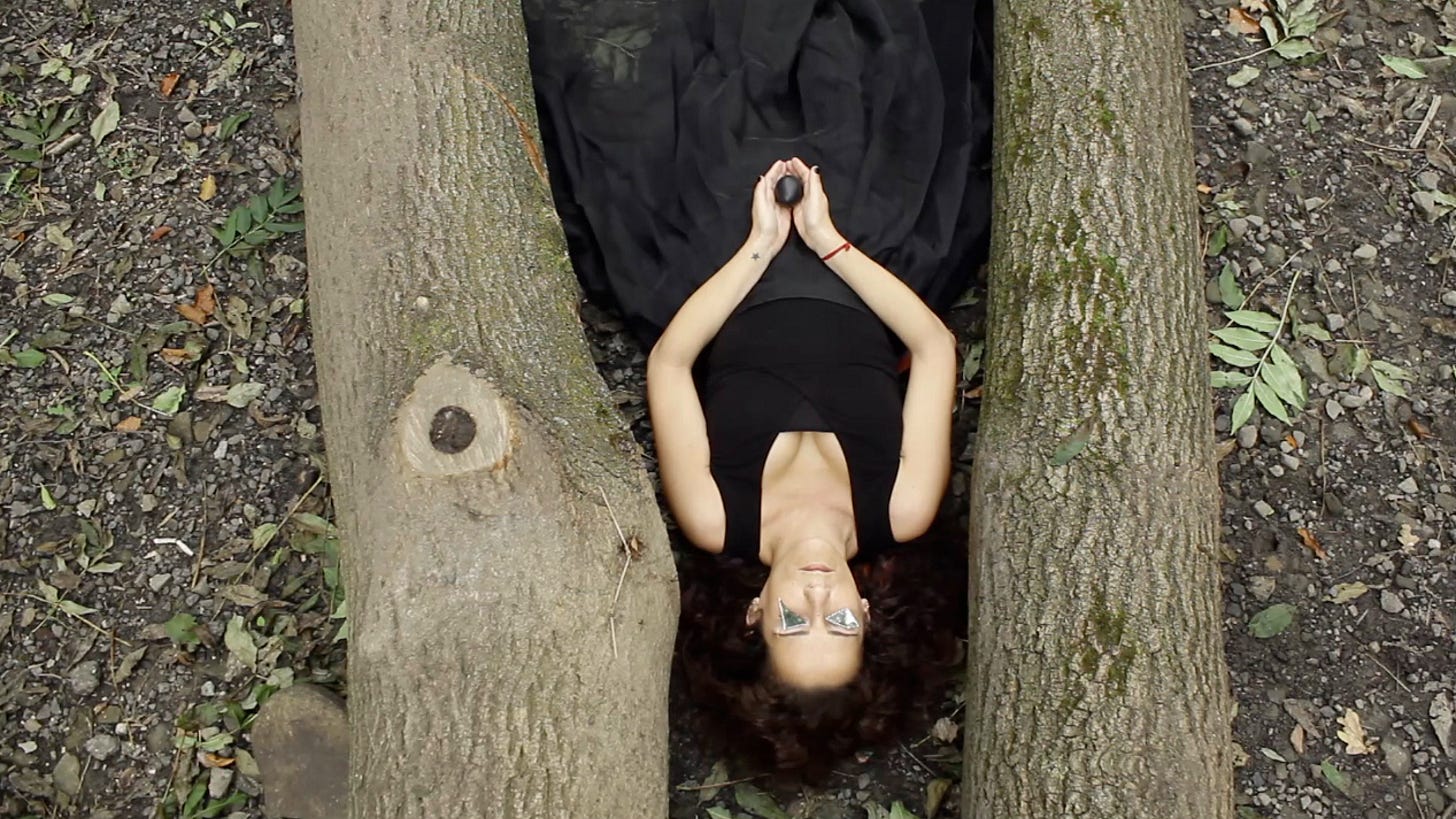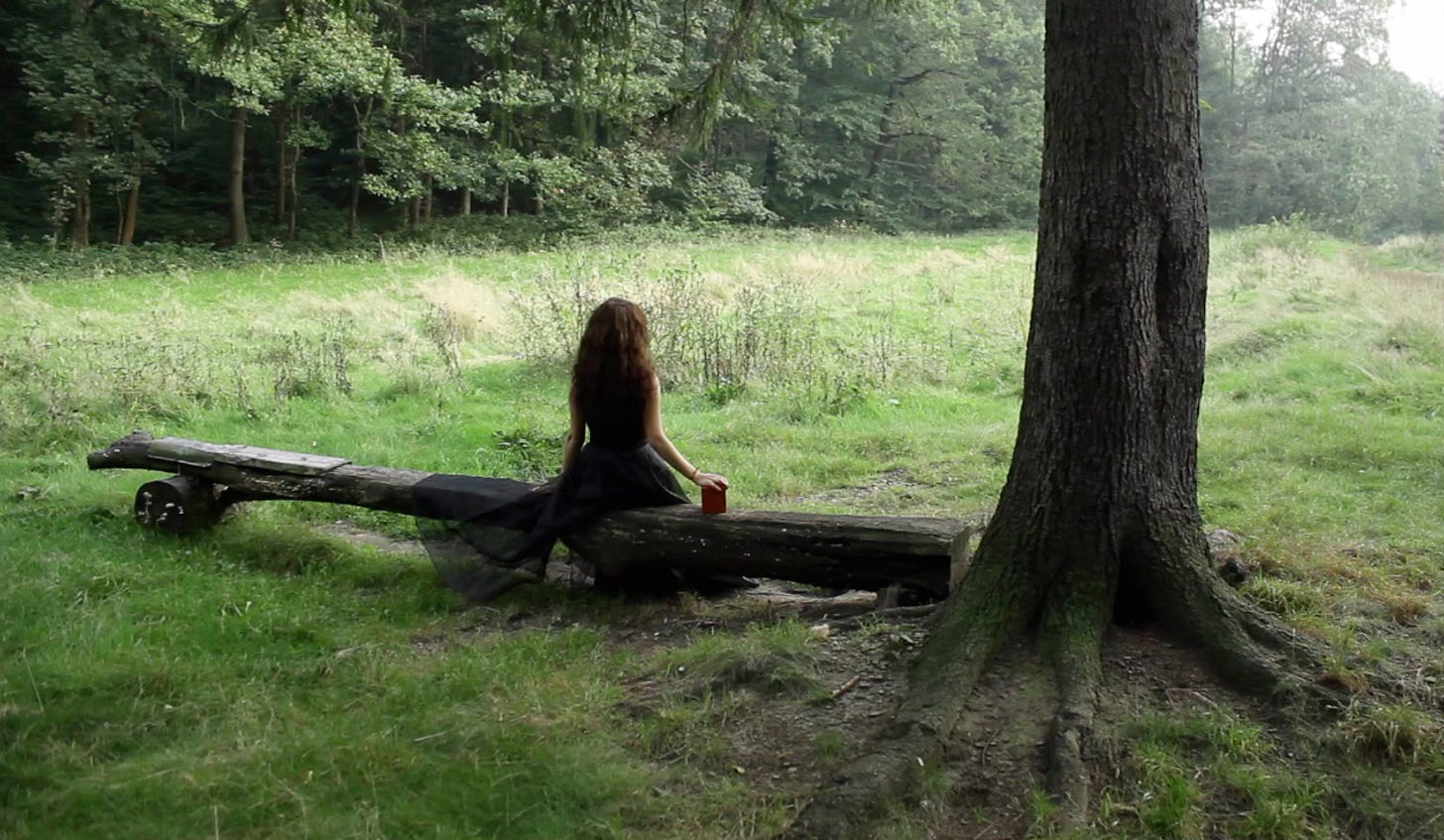“Indoors, we tend to use only two senses—our eyes and our ears. Outside is where we can smell the flowers, taste the fresh air, look at the changing colors of the trees, hear the birds singing, and feel the breeze on our skin. And when we open up our senses, we begin to connect to the natural world.” — Dr. Qing Li
I have always been drawn to the forest—the quiet refuge it offers, the way it slows down time, the deep sense of presence it evokes. The Japanese practice of forest bathing is something I was familiar with intuitively. But it wasn’t until I came across Dr. Qing Li’s book, Forest Bathing: How Trees Can Help You Find Health and Happiness, that I truly began to understand the depth of shinrin-yoku practice.
In a world that moves too fast, where screens dominate our attention and stress has become an unwelcome companion, the simple act of being in the forest—breathing, listening, observing—offers a way to return to something ancient, something essential. Li’s work not only reaffirmed what I had always felt but also revealed the science behind it: the physiological and psychological benefits of immersing ourselves in nature, the way trees affect us on a cellular level, and how we, in turn, respond to their presence.
The Healing Sound of Trees
“The art of forest bathing is the art of connecting with nature through our senses. All we have to do is accept the invitation.” — Dr. Qing Li
One of the most profound aspects of shinrin-yoku is its ability to reawaken our sense of hearing—not just in the conventional sense, but in a deeper, more intuitive way. The forest speaks in many languages like the whisper of leaves shifting in the wind, the distant call of the birds singing, or the rhythmic tapping of rain against the bark.
Science has shown that nature’s soundscape has a direct effect on our nervous system. Researchers studying the impact of natural sound have found that soft fascination—the effortless, non-demanding attention we give to nature’s patterns—allows the mind to rest and rejuvenate. Even the frequency of birdsong, which falls between 2,500 and 3,500 hertz, is perfectly attuned to our auditory sensitivity, which may explain why we find it so soothing.
But what if there were sounds in the forest that we could not hear with our ears—sounds beyond human perception?
The Hidden Melodies of the Plant World
“There is also a substance in the soil that we breathe in when we walk in the forest… a common and harmless bacteria, Mycobacterium vaccae.” — Dr. Qing Li
Just as the air in the forest is charged with unseen elements—phytoncides, negative ions, and beneficial bacteria—the trees themselves are communicating in ways we are only beginning to understand. Beneath our feet, vast networks of fungi connect trees, allowing them to exchange nutrients, send warnings, and foster cooperation. Above ground, trees release volatile organic compounds to signal distress or attract beneficial insects.
Now, thanks to accessible technology, like the Bamboo M from Music of the Plants, or Plantwave, we can begin to hear these hidden harmonized dialogues. These devices are intended to translate the bioelectrical impulses of plants into harmonized sound, revealing a complex and ever-changing symphony. This allows us to listen to the subtle variations in electrical conductivity within a tree or a house plant, which shift in response to light, moisture, human presence, or even external music.
I first encountered this - let's call it for now: ‘‘facilitator technology’’- a few years ago, and it reshaped the way I perceive nature. Listening to a plant “sing” for the first time was an experience unlike any other—at once mesmerizing and deeply humbling. The translated notes emerging from the tree were not random; they carried a structure, a rhythm, a response to the environment around them and around me. Trees have been composing these bioelectric melodies for years and years, but only now am I learning to listen.
The Forest as a Ritual Space
“In Shinto, the spirits are not separate from nature, they are in it. They are in the trees, in the rocks, in the breeze, the stream, the waterfall.” — Dr. Qing Li
Many ancient traditions have recognized the sacred nature of forests, this is nothing new. In Japan, certain woodlands are designated as healing forests, where the air is measured for its purity, the soundscapes are assessed for their therapeutic quality, and trails are created to enhance relaxation. The Akasawa Natural Recreational Forest is one such place, where visitors can even receive consultations with trees—an acknowledgment of their living wisdom.
Similarly, the practice of grounding, or earthing, recognizes that our bodies, like all electrical systems, function best when in direct contact with the Earth’s subtle energies. Studies have shown that touching the ground with bare skin allows for the transfer of electrons, stabilizing our biological rhythms and reducing inflammation.
Perhaps this is why walking barefoot in the forest, touching tree bark, or sitting against an ancient trunk can feel so profoundly grounding. It is not just a metaphor—our bodies are truly reconnecting with the Earth’s frequencies.
A Call to Deep Listening
“Let’s think of the earth like a giant battery. It has a natural low-level electrical charge. Whenever we do anything with electrics, like wiring up a plug or fixing a light fitting, we always have to make sure that it is safe by connecting it to the earth. This is what our bodies are like, too, when we bring them into contact with the electrical charge of the earth.” — Dr. Qing Li
What if we approached the forest not as passive visitors but as participants in its vast symphony?
The next time you find yourself among trees, take a moment to listen. Close your eyes. Notice the layers of sound around you. The rustling leaves, the distant hum of insects, the creak of a bending branch. But also, listen beyond the audible.
• Imagine the underground whispers of mycelial networks.
• Envision the silent release of tree-borne messages into the air.
• If you have the opportunity, listen with a Bamboo M from Music of the Plants, and hear how a tree’s song shifts in response to your presence.
Could it be that trees, in their stillness, are offering us a kind of medicine—not only through their oxygen, shade, and presence but through their voices?
Reawakening Our Senses
The practice of shinrin-yoku is a simple yet profound reminder: the forest is alive, and it is always communicating. Whether through the fractal patterns of leaves, the charged ions in the air, or the bioelectric melodies that have only recently been revealed to us, trees invite us into a world of deeper awareness.
All we have to do is step into the woods, quiet our minds, and listen to all that Nature has to offer 🌿✨🌱.
References 📚🌿✨:
Li, Qing. Forest Bathing: How Trees Can Help You Find Health and Happiness. Viking, 2018.
Miyazaki, Yoshifumi. Shinrin Yoku: The Japanese Way of Forest Bathing for Health and Relaxation. Aster, 2018.
Wilson, E.O., & Kellert, Stephen R. The Biophilia Hypothesis. Island Press, 1993.
Andrea Wulf. The Invention of Nature: Alexander von Humboldt’s New World. Knopf, 2015.
Akiko Busch. The Incidental Steward: Reflections on Citizen Science. Yale University Press, 2013.
Gessner, David. Quiet Desperation, Savage Delight: Sheltering with Thoreau in the Age of Crisis. Torrey House Press, 2021.
Taylor, Richard P. Fractal Fluency: The Science Behind Why Nature Soothes Us. The Atlantic, 2017.
Keltner, Dacher. What Happens When We Reconnect With Nature? Greater Good Science Center, 2017.
Krause, Bernie. The Great Animal Orchestra: Finding the Origins of Music in the World’s Wild Places. Little, Brown and Company, 2012.






